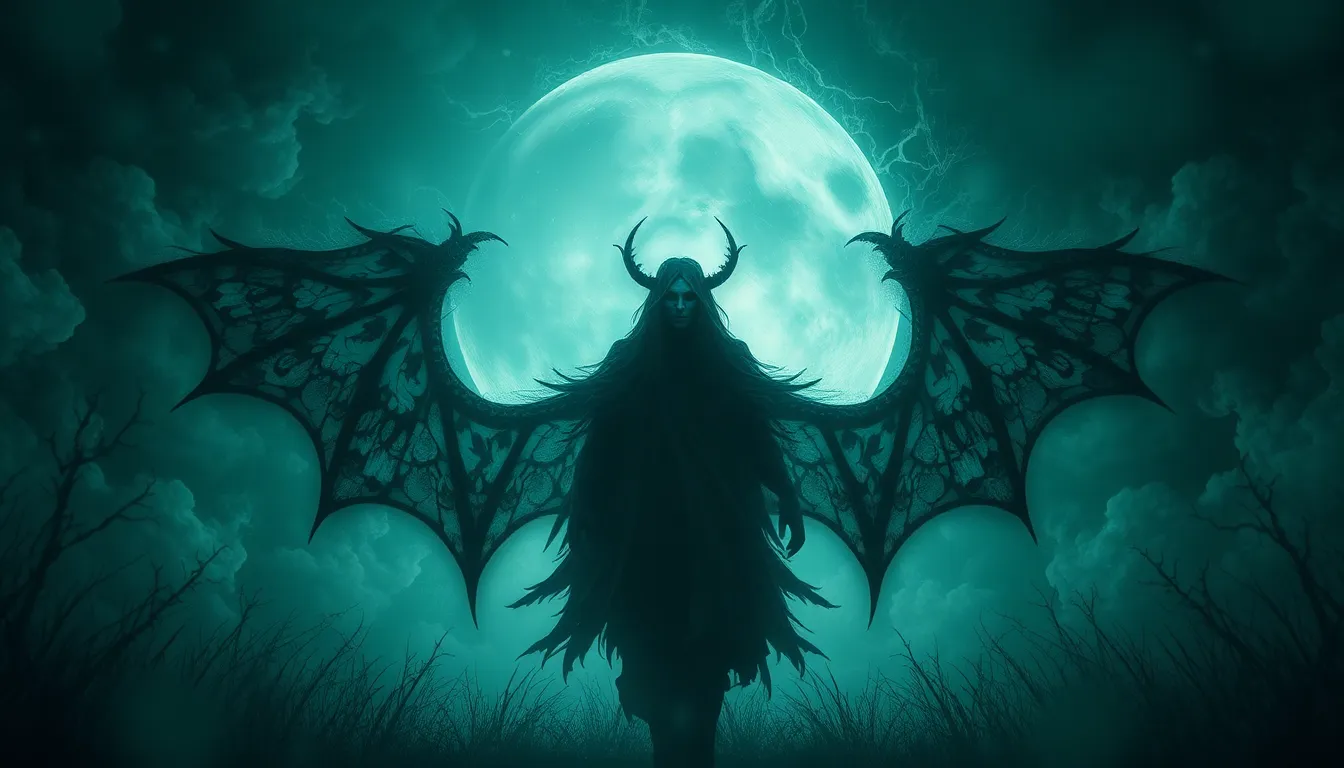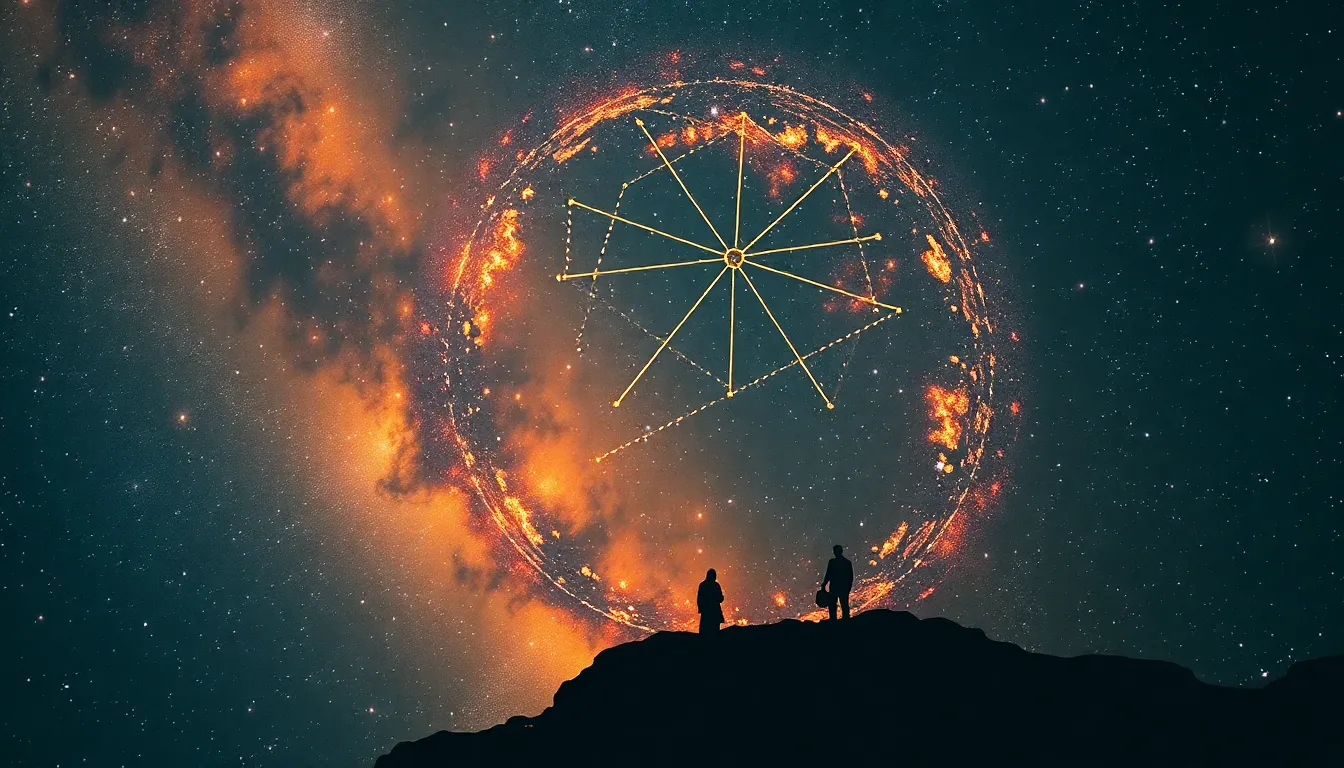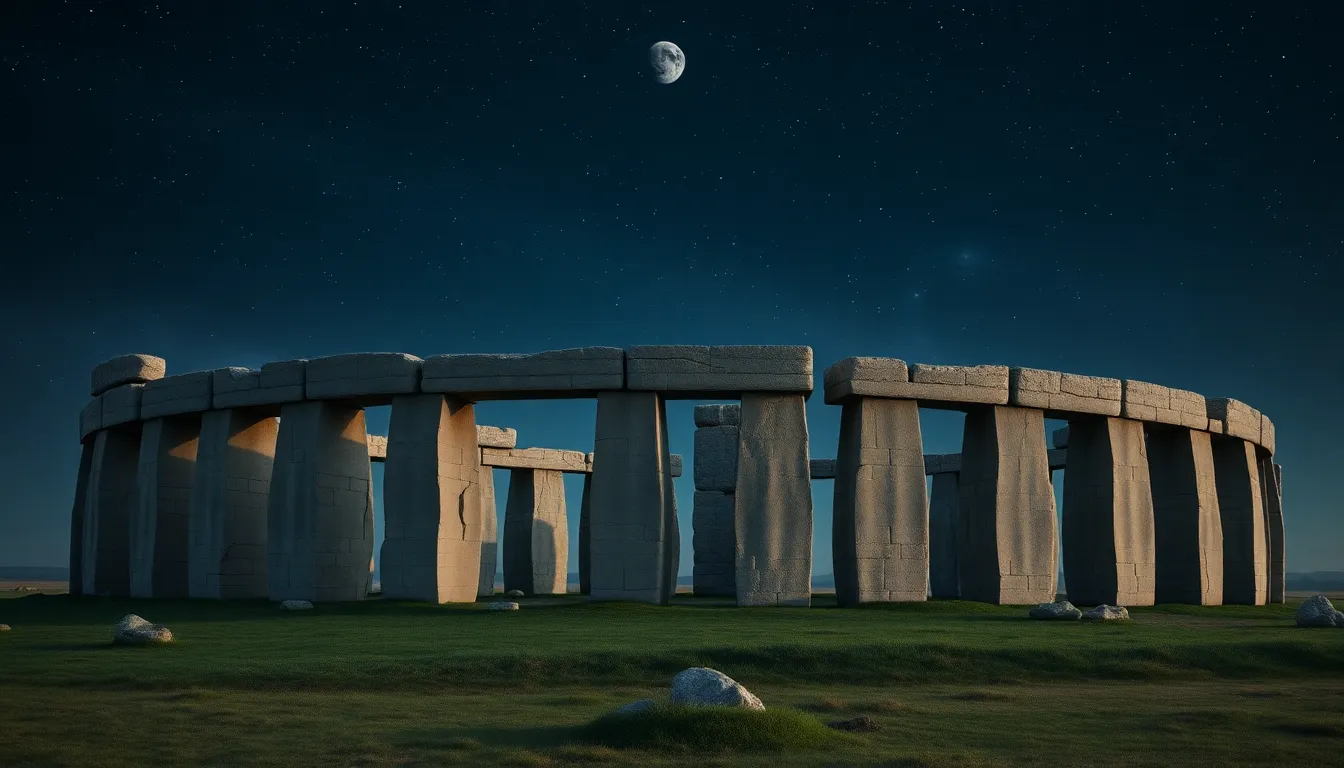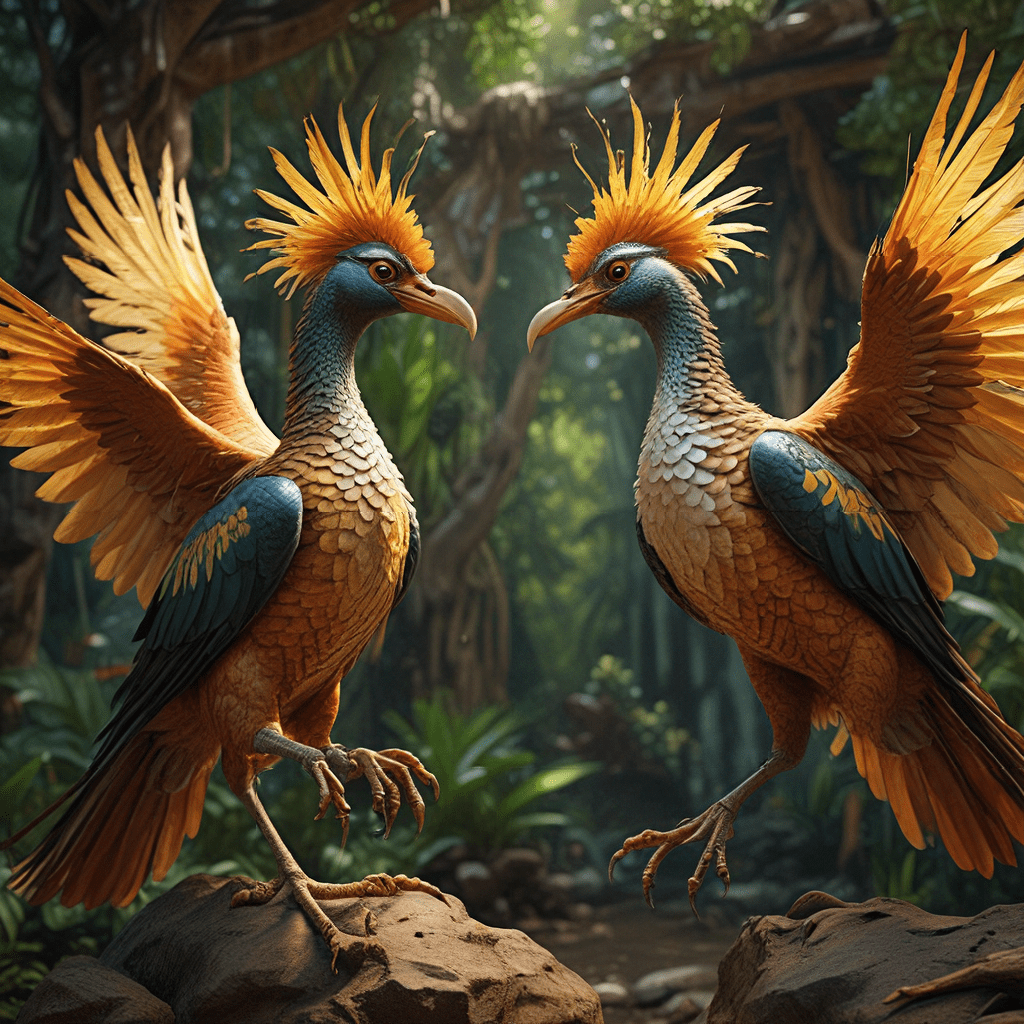The Legend of the Banshee: A Haunting Presence in Irish Folklore
I. Introduction
The Banshee, or “Bean Sí” in Irish, is an iconic figure in Irish folklore, often depicted as a spirit who heralds the death of a family member through her mournful wail. The very name evokes a sense of mystery and sorrow, making her a subject of intrigue and fascination in Irish culture.
Understanding the Banshee is essential for appreciating her role in Irish mythology and the cultural significance she holds. This article will explore the historical origins, characteristics, and modern interpretations of the Banshee, as well as her impact on Irish identity.
II. Historical Origins of the Banshee
The Banshee’s roots can be traced back to early references in Irish literature and mythology. She is often associated with the fairy realm, a common theme in ancient Celtic beliefs.
- A. Early references in Irish literature and mythology: The Banshee appears in various texts, including the “Book of Leinster” and tales from the Ulster Cycle.
- B. The evolution of the Banshee legend through the centuries: Over time, the Banshee has transformed from a noble figure to a more ominous presence, reflecting societal changes.
- C. Connections to ancient Celtic beliefs and practices: The Banshee is linked to the concept of death and the afterlife, embodying the Celtic reverence for ancestral spirits.
III. The Banshee’s Appearance and Characteristics
Descriptions of the Banshee vary widely, but some common traits emerge across different accounts.
- A. Common descriptions of the Banshee’s physical form: She is often depicted as a woman, sometimes young and beautiful, other times as an old hag, with long, flowing hair.
- B. Variations in appearance across different regions of Ireland: In some regions, she is seen wearing a grey or white dress, while in others, she may be draped in green or black.
- C. The significance of the Banshee’s attire and features: Her clothing often reflects her connection to the family she serves, embodying the lineage and history of that clan.
IV. The Banshee’s Wail: An Omen of Death
The wail of the Banshee, known as “caoineadh,” is perhaps her most defining characteristic and serves as an omen of death.
- A. The symbolism of the Banshee’s cry: The wail is a symbol of mourning, signifying that someone in the family will soon pass away.
- B. Cultural interpretations of the wail as a harbinger of doom: Many cultures have similar figures, but the Banshee’s wail is uniquely tied to familial ties and heritage.
- C. Personal accounts and stories of encounters with the Banshee: Numerous tales exist where individuals recount their experiences hearing the Banshee’s cry, often preceding a family tragedy.
V. The Banshee and the Irish Family
The Banshee holds a significant role as a guardian spirit of certain families, particularly among the old Irish clans.
- A. The Banshee’s role as a guardian spirit of certain families: Each Banshee is believed to be tied to specific families, often those of noble lineage.
- B. Notable families associated with Banshee legends: Families such as the O’Neill and the Fitzgeralds have documented Banshee encounters.
- C. The Banshee’s influence on family lineage and legacy: The presence of a Banshee can solidify a family’s history and reinforce their connection to their ancestors.
VI. Regional Variations of the Banshee Legend
Across Ireland, the Banshee legend exhibits regional variations that reflect local beliefs and practices.
- A. Differences in Banshee stories across Irish provinces: In Connacht, she may appear as a water spirit, while in Ulster, she often takes on a more traditional form.
- B. Unique local beliefs and practices related to the Banshee: Some regions hold specific rituals to appease the Banshee or to interpret her wail.
- C. Comparative analysis with similar figures in other cultures: Similar figures exist in Welsh and Scottish folklore, highlighting the shared cultural themes across the Celtic nations.
VII. The Banshee in Modern Culture
The Banshee’s presence has permeated modern literature, film, and art, reflecting the enduring fascination with this spectral figure.
- A. The portrayal of the Banshee in literature, film, and art: She has appeared in various works, from novels to films, often symbolizing loss and mourning.
- B. The resurgence of interest in Irish folklore and the Banshee: Recent years have seen a revival of interest in Irish folklore, with the Banshee at the forefront.
- C. Contemporary interpretations and adaptations of the Banshee myth: Modern adaptations often reimagine the Banshee in new contexts, exploring themes of grief and ancestral connections.
VIII. The Banshee’s Role in Irish Identity
The Banshee serves as a powerful symbol of Irish heritage, reinforcing cultural identity and heritage.
- A. The Banshee as a symbol of Irish heritage and folklore: She embodies the rich traditions and stories that define Irish culture.
- B. The impact of the Banshee on Irish national identity: The Banshee’s legend contributes to a collective Irish identity rooted in history and myth.
- C. The Banshee in the context of diaspora and cultural preservation: As Irish communities spread across the globe, the Banshee remains a poignant symbol of their cultural roots.
IX. Debunking Myths and Misconceptions
Despite her prominence in folklore, many myths and misconceptions surround the Banshee that need clarification.
- A. Common misunderstandings about the Banshee: Contrary to popular belief, the Banshee is not a malevolent spirit but rather a mournful guardian.
- B. Clarifying the Banshee’s role in death and mourning: Her wail is not a curse but a signal of loss, reflecting the grief of those left behind.
- C. The importance of understanding the Banshee within her cultural context: Recognizing her significance in Irish culture can lead to a deeper appreciation of her story.




